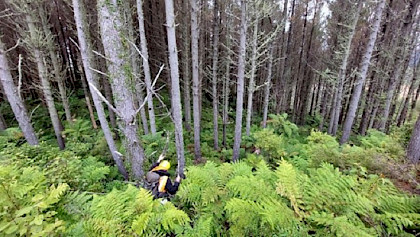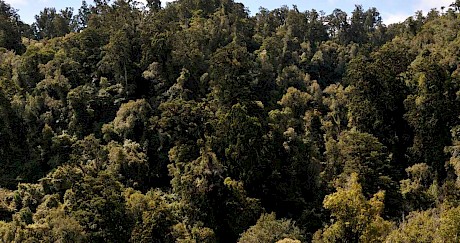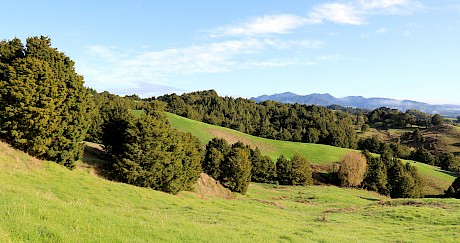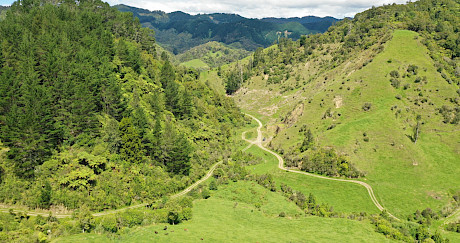Transitioning Exotic Forest to NativeProject Status: Current
This Tāne’s Tree Trust research programme aims to inform the transitioning of exotic forest to native forest. Results, including management prescriptions and recommendations which will be freely and widely disseminated to landowners, forest owners, forest managers, policymakers and regulators.
This is a five-year project supported by MPI through the Sustainable Food and Fibre Futures fund, and our forestry partners.
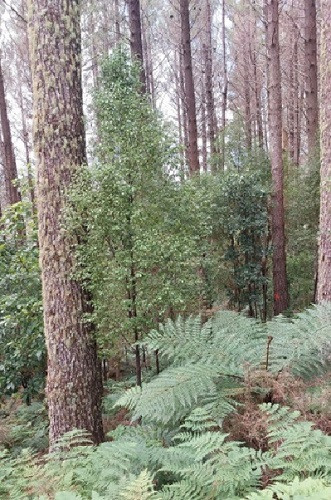
The key objectives are to:
● Analyse existing data sets of native understory development and forest characteristics within existing plantation forests to better understand these forests and necessary management.
● Establish a nationally relevant network of permanent sample plots to inform carbon and forestry models and to empirically refine management practices.
● Model the dynamics of transitional forest for a range of contexts and management objectives (e.g., growth, successional change, and carbon profiles).
● Investigate species other than radiata pine, including polycultures, that could be used for transitional forestry.
● Produce guidelines to manage transitions from exotic forest to native forest highlighting the key factors to address and interventions necessary.
● Recommendations for best-practice transitional forestry and monitoring.
Background
The advent of permanent forestry and carbon farming under the Emissions Trading Scheme (ETS) has sparked debate on the potential to manage transitions from exotic to native forest. The case for using fast growing exotic trees (e.g., Pinus or Eucalyptus) as the primary vehicle for rapid early carbon storage is compelling and is garnering much interest among landowners interested in permanent forestry options. In other circumstances, large tracts of exotic plantation on highly erodible or environmentally sensitive sites (e.g., Tairāwhiti) will need alternative forest management options to conventional clear-fell harvesting. Likewise, effective management options need to be explored for areas afflicted with wilding conifers where a transition to native forest is
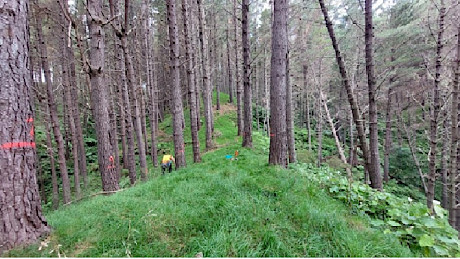 conceivable (e.g., See video: https://vimeo.com/592450395).
conceivable (e.g., See video: https://vimeo.com/592450395).
Extensive pine planting programs have been established with support from Te Uru Rākau and have been incentivised by the ETS. Irrespective of any changes that might occur to the definition of permanent forest in the NZ ETS, permanent exotic forestry is already a major land use across NZ and we urgently need this research to guide its management. This research will help inform relevant policy settings and regulation on this matter, and to inform, and shape, forest establishment and management practices, to ensure that successful transitions to native forest does indeed occur. The current state of knowledge on such transitional forestry and the priorities for research have been presented in the Forbes Ecology 2021 report for MPI.
Progress to date
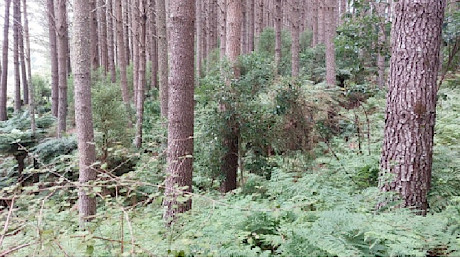
See update newsletters:
Contacts for this project
- Meg Graeme, Project Manager Enable JavaScript to view protected content.
- Paul Quinlan, Trustee, Tāne’s Tree Trust
- TTT Executive Officer: Enable JavaScript to view protected content.

